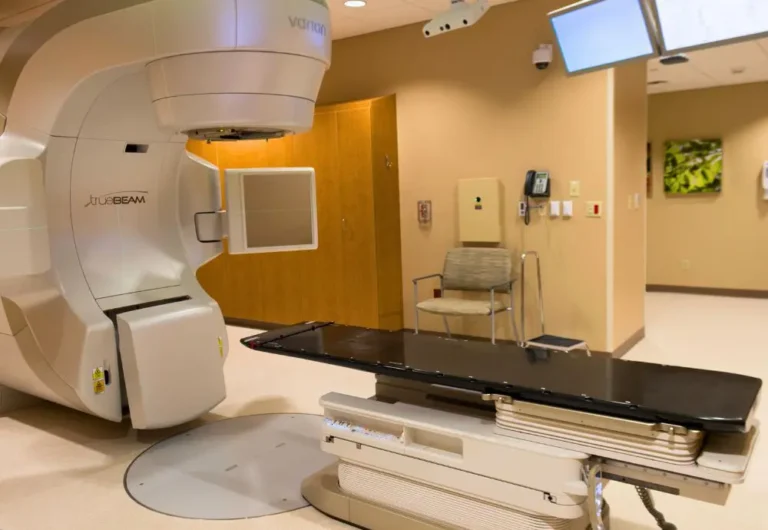If you or a loved one is navigating advanced prostate cancer, you may have heard about a treatment called Pluvicto. It’s a newer therapy that’s generating hope for patients whose cancer has progressed despite other treatments.
But what exactly is Pluvicto and how does it work?
What is Pluvicto?
Pluvicto (lutetium Lu 177 vipivotide tetraxetan) is a type of targeted radioligand therapy. It’s approved for men with metastatic castration-resistant prostate cancer (mCRPC) that expresses a prostate-specific membrane antigen, or a protein also known as PSMA. PSMA is found on the surface of many prostate cancer cells.
This treatment is typically used after other therapies like hormone therapy and chemotherapy have already been tried.
How Does It Work?
Think of Pluvicto as a guided missile. It combines a molecule that specifically seeks out PSMA-positive cancer cells with a radioactive particle. Once it finds its target, it delivers radiation directly to those cancer cells, helping to damage and destroy them from within — while limiting harm to surrounding healthy tissue.
This is different from traditional radiation, which is usually delivered externally to a specific part of the body. Pluvicto travels through the bloodstream and can reach cancer cells throughout the body.
Who Is Eligible?
Pluvicto is intended for patients who:
- Have metastatic castration-resistant prostate cancer (mCRPC)
- This means the cancer has spread to other parts of the body and is no longer responsive to hormone therapy
- Have already been treated with androgen receptor pathway inhibitors (ARPIs)
- ARPIs are a type of medication that can help stop the progression of prostate cancer
- Have had a PSMA PET scan to determine if their cancer cells express PSMA
- If the scan is positive, Pluvicto may be an effective treatment option
- If the scan is negative, Pluvicto cannot be used
Your oncologist will help determine if you’re a candidate.
What Is Treatment Like?
Pluvicto is given by intravenous (IV) infusion, typically once every six weeks, for up to six treatments. Before starting, patients must undergo a specialized imaging scan to confirm that their cancer expresses PSMA.
Each treatment visit usually takes a few hours, and while everyone’s experience is different, the most common side effects include:
- Fatigue
- Nausea
- Dry mouth
- Decreased appetite
- Low blood counts
Your care team will monitor you closely throughout treatment.
Safety During Treatment
- Drink plenty of fluids after treatment
- Close the toilet lid before flushing twice
- Wash hands with soap and water
- Limit close contact (within three feet) with others for two days
- Avoid close contact with children and pregnant women for seven days
- Avoid sexual activity for seven days
- Sleep in a separate bedroom for:
- 15 days if living with a pregnant woman
- Seven days if living with children
- At least three days for other household members
Is Pluvicto Effective?
In a major clinical trial (the VISION study), Pluvicto was shown to improve both overall survival and progression-free survival for eligible patients compared to standard treatments alone. While it’s not a cure, it offers a new option for slowing down the disease and improving quality of life.
Where Can I Get Pluvicto in Northeast Wisconsin?
Green Bay Oncology offers Pluvicto as a treatment option for eligible patients at select locations. Our multidisciplinary team, including medical and radiation oncologists, works together to ensure you receive personalized care and support at every step.
Have Questions?
Talk to your care team about whether Pluvicto may be right for you. And for more in-depth insight, listen to Pluvicto for Advanced Prostate Cancer, our Cancer Covered podcast episode featuring Dr. Michael Guiou, Dr. Kamal Abbi and Dr. Matthew Ryan explaining how this therapy works, what to expect and where to find it locally.








